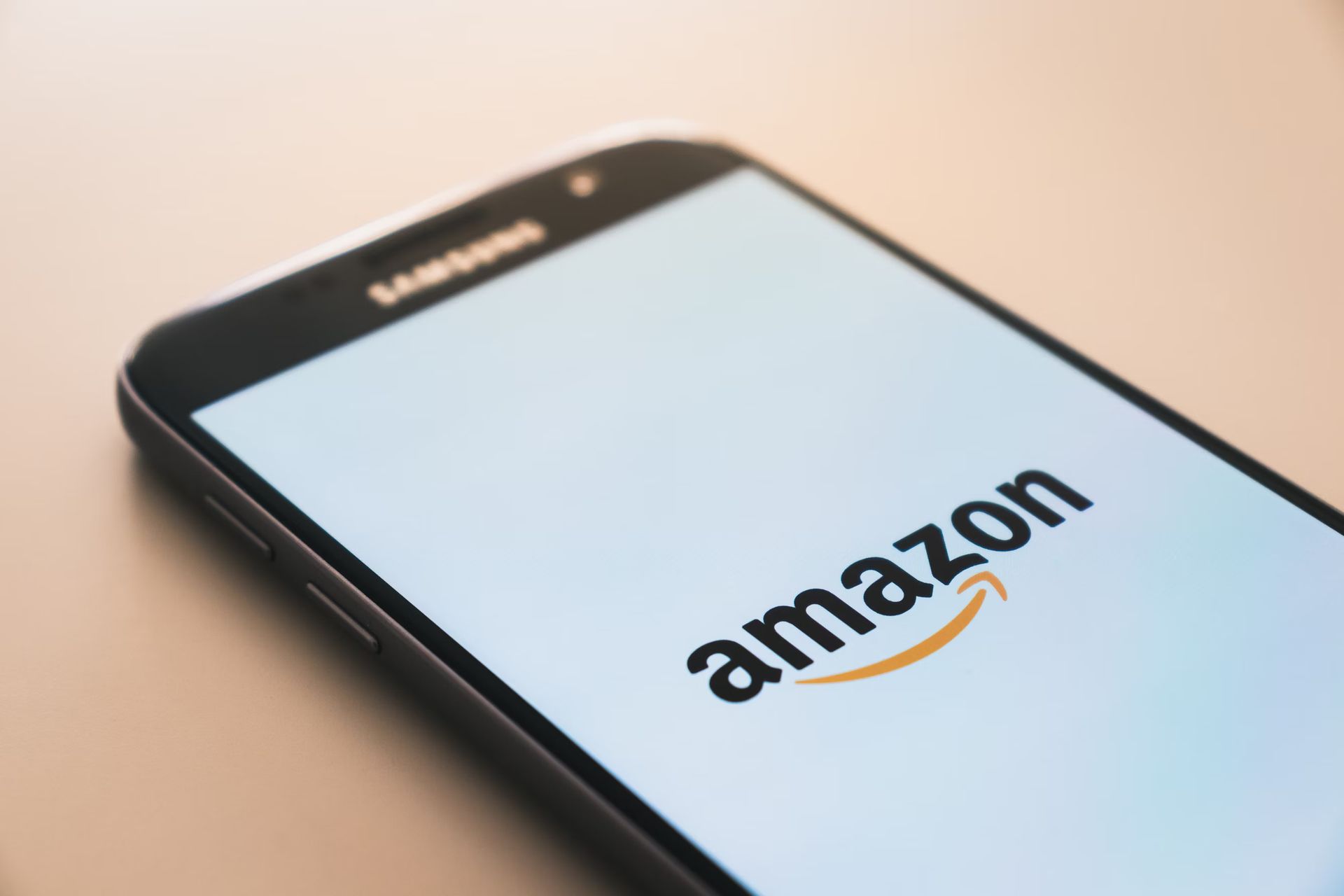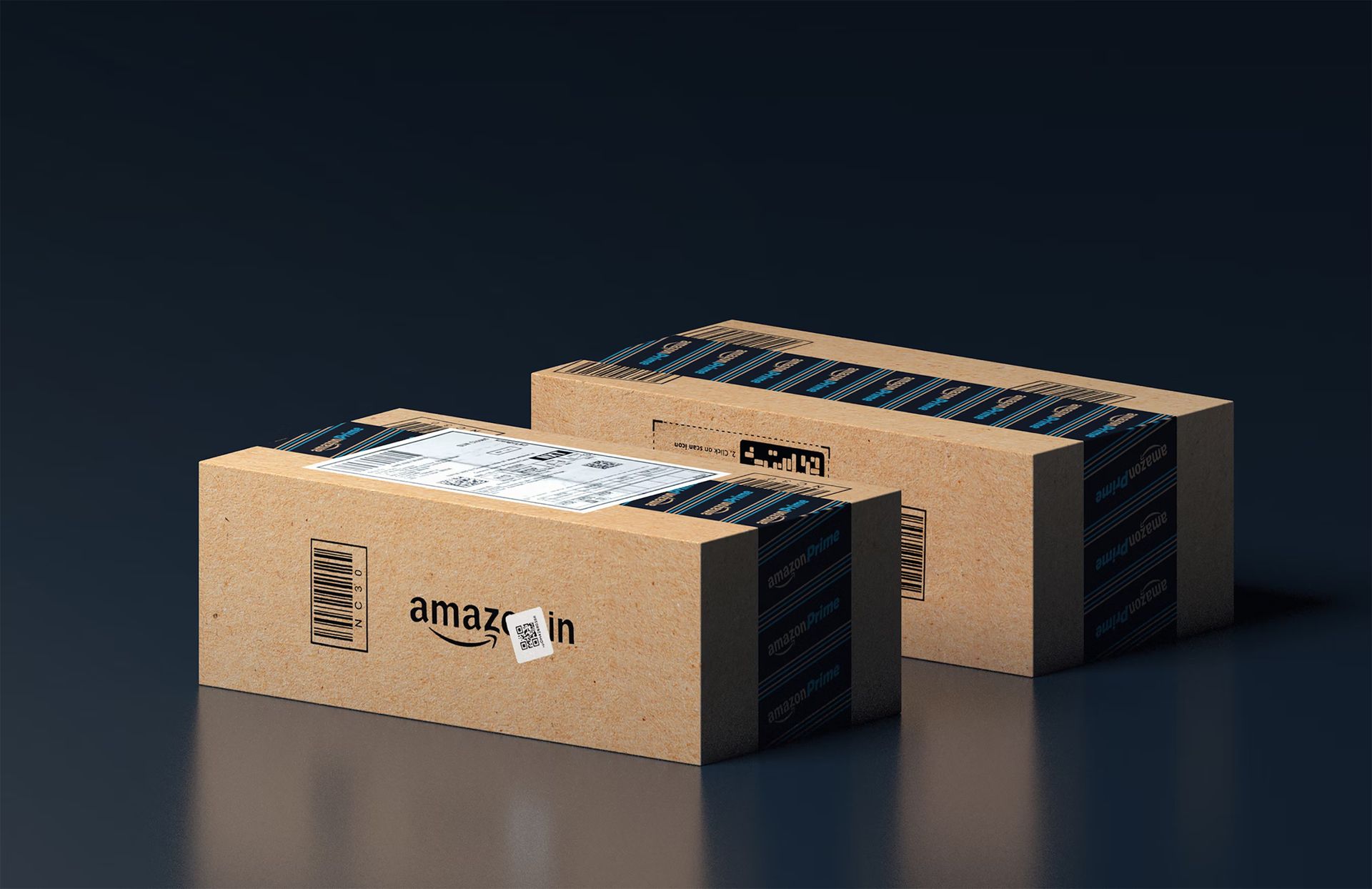In the the Amazon Buy Box lawsuit, it is alleged that the company’s platform has been engineered to guide the majority of its customers towards purchasing items at higher prices, which could have been bought for less with similar or quicker delivery options.
All details about the Amazon Buy Box lawsuit
This class-action suit focuses on the manipulation of Amazon’s “Buy Box” feature, where an item’s page includes a “Buy Now” or “Add to Cart” prompt, purportedly driven by a biased algorithm. According to the lawsuit, products featured in the Buy Box account for nearly 98 percent of Amazon’s sales, misleading customers into believing these offers are the most advantageous on the platform.
Contrary to customer expectations, the complaint suggests that Amazon preferentially features items from its direct retail operations or from sellers participating in the Fulfillment By Amazon (FBA) program.
“But they are often wrong. The result is that consumers routinely overpay for items that are available at lower prices from other sellers on Amazon—not because consumers don’t care about price, or because they’re making informed purchasing decisions, but because Amazon has chosen to display the offers for which it will earn the highest fees,” the complaint reads.

The investigations by authorities in both the United States and the European Union into the platform’s algorithm, which is at the heart of the Amazon Buy Box lawsuit, have unearthed evidence suggesting a systematic preference for FBA sellers dating back to at least 2016. Following these findings, the Italian Competition Authority imposed a hefty fine exceeding $1 billion on Amazon in 2021 for engaging in these discriminatory practices. Furthermore, in 2022, the European Commission mandated that Amazon must ensure impartiality towards all sellers in its Buy Box feature selections.
The revelation from these probes marked the first significant indication to the public that the integrity of Amazon’s Buy Box could be compromised. Plaintiffs in the lawsuit argue that despite Amazon’s assertions of having corrected the algorithm in 2020, the company has yet to fully resolve the concerns surrounding its Buy Box algorithm’s fairness. By 2023, European regulatory bodies are still exerting pressure on Amazon to rectify the alleged bias within its Buy Box system across their jurisdictions, as stated in the complaint lodged by customers.
Amazon Prime lawsuit, ad tier angers subscribers
The legal action has been initiated by Jeffrey Taylor and Robert Selway, two long-standing Amazon patrons from California, who accuse Amazon of deliberately misleading them, along with countless other American consumers, into making purchases from the Buy Box under the false impression of obtaining the best available deals.
Steve Berman, the attorney representing Taylor and Selway, conveyed to Reuters that Amazon has unfairly burdened its customers with the necessity of spending additional time navigating the platform to unearth the most favorable deals. This lawsuit distinguishes itself from previous legal challenges concerning Amazon’s Buy Box by being the inaugural case to demand compensation for consumer detriment, rather than focusing on antitrust issues or the impact on sellers, as Reuters highlighted.

Filed on behalf of “all persons who have made purchases via the Buy Box from 2016 to present,” the lawsuit contends that due to Amazon’s tendency to promote pricier items in the Buy Box and the high volume of sales attributed to Buy Box selections, it is almost certain that every member of the class action has been adversely affected by at least one purchase, thereby substantiating the claims of widespread consumer harm.
Plaintiffs in the Amazon Buy Box lawsuit are seeking a jury’s verdict on their allegation that Amazon has intentionally manipulated its customers into buying more expensive items via the Buy Box, thereby boosting its profits. Their request to a US district court in Washington, the state where Amazon’s headquarters are located, is for a permanent injunction against Amazon’s use of what they claim are biased algorithms that favor higher-priced items in the Buy Box to enhance sales.
The potential financial repercussions for Amazon in this lawsuit are yet to be determined but are anticipated to be substantial. With Amazon boasting a customer base of 300 million, 80 percent of whom are US subscribers, the lawsuit suggests that a significant portion of these consumers have been consistently overpaying for their purchases over the last seven years. Considering Amazon’s reported US sales surpassed $574 billion last year, the implications of this lawsuit could be far-reaching, affecting not only Amazon’s operational practices but also its financial liabilities.
Insights into Amazon Buy Box meaning
The Amazon Buy Box is a critical element on the product detail pages of Amazon’s marketplace, directly influencing buying decisions and seller success. When multiple sellers offer the same product, the Buy Box awards one seller prime placement and a “Buy Now” button, making it the default choice for shoppers. Insights into the Amazon Buy Box meaning reveal its significance: it’s essentially Amazon’s vote of confidence in a seller’s offer as the best option for customers based on price, availability, and fulfillment.
Featured image credit: Bryan Angelo/Unsplash





